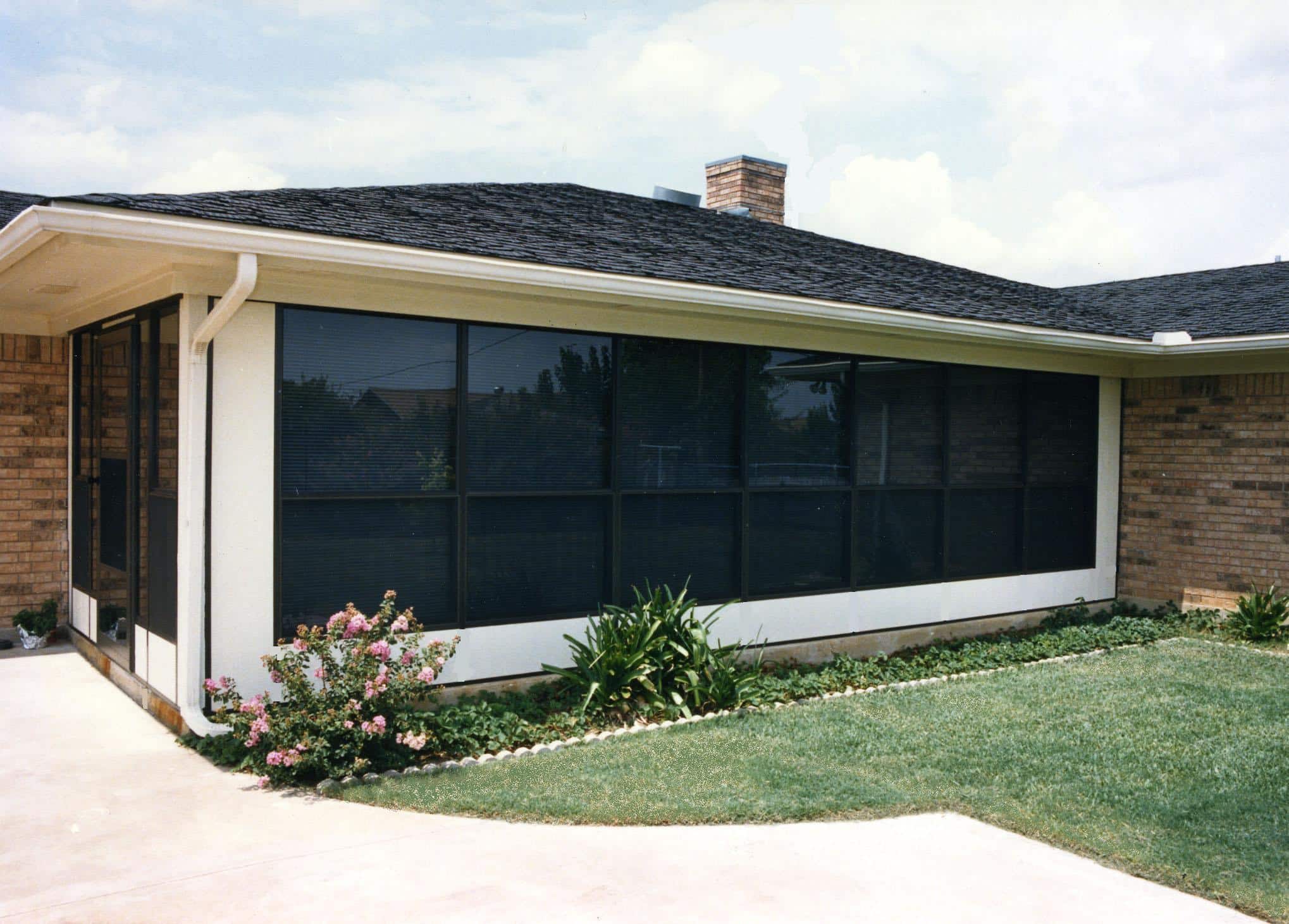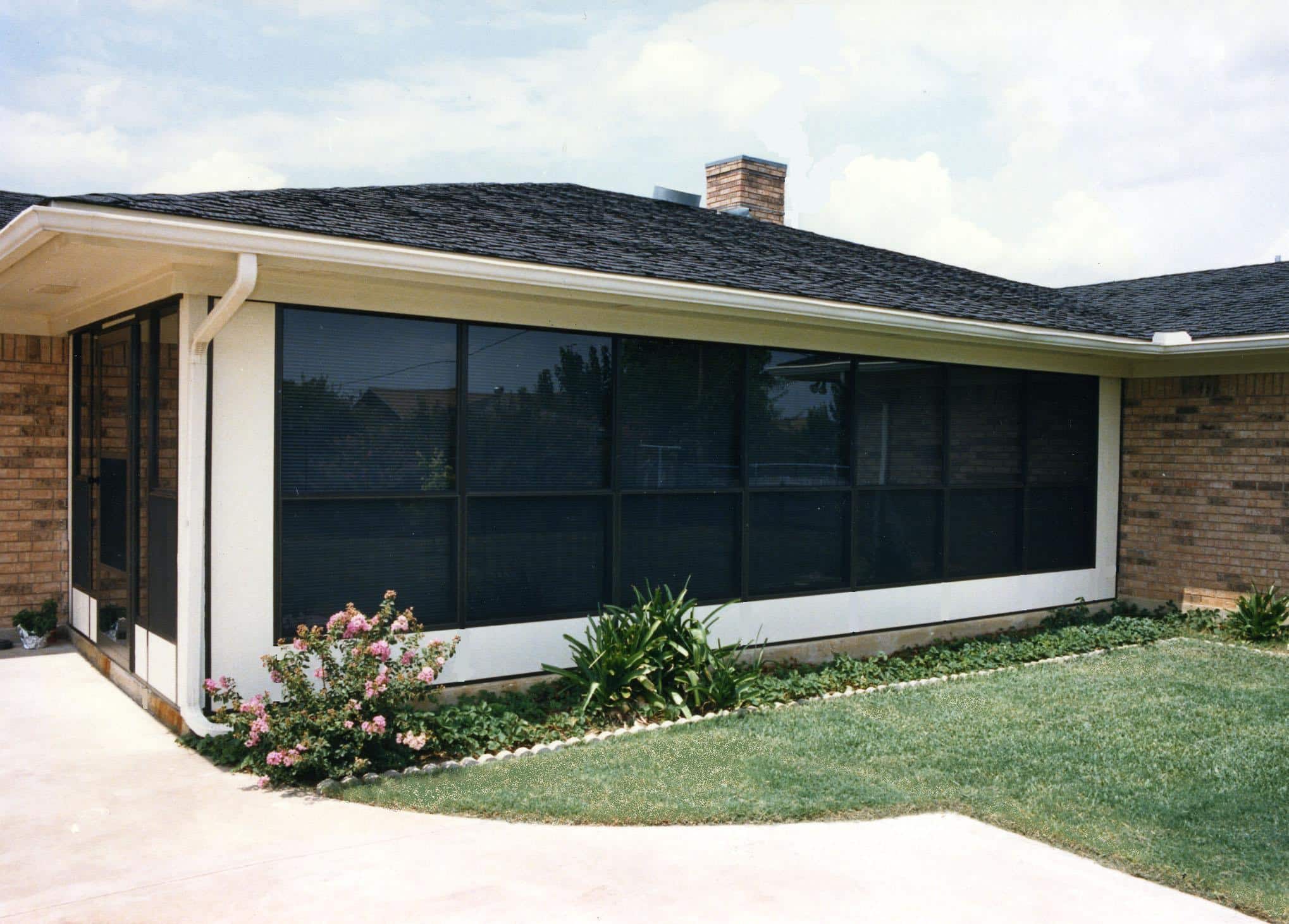The Best Way To Clean a Window Screen
The only really hard part is taking the things down – which you can do all at once or in 3 shifts at most. If you have screens on second-story windows, always have another person help you remove and put them back up again. If you’re using ladder, take all precautions. Be extremely careful too with over-sized screens, both for your safety and so as not to damage the objects. Once you’ve detached screen from window, the cleaning is fairly simple.
Deep-Clean Tools You Need
Vacuum cleaner (with brush attachment)
Cloth
Soft-bristled brush
Old toothbrush
Any brand detergent or cleaning solution (three parts water mixed with one part ammonia works well)
Sponge
Rags
Screwdriver or ruler
Bucket of warm rinse water
Spray bottle
Garden hose
Prep Work
Before you begin cleaning, number each window or door-frame and put the same number to the corresponding screen. Store the screws and bolts you’ve removed in a plastic bag and write the same number on this bag.
Then take the screens outdoors where you can dust the mesh with a vacuum cleaner with a brush attachment, or with an ordinary brush. Screens should be laid out on a flat surface. Do not place them where they will be stretched out of shape or disfigured by underlying objects. If you’re using your yard, remove any rocks or other items that may cut the screens. To be extra careful, you can first lay down on the ground a large piece of cloth.
Cleaning Step-by-Step
You will be working in steps, so be prepared to keep going once you start.
1. Prepare the ammonia-water solution. This is strong enough to clean away the grimiest gunk trapped in your screen. We’re talking dirt, dead bugs, and tree sap here. Pour the solution into a spray bottle.
2. Hose your screens down with water until they are thoroughly soaked.
3. Spray cleaner onto the front and the back of your screen. Make sure you cover the entire center part as well as all corners. Move to the next screen, allowing the cleaner time to soak the screen you just worked on.
4. Once all screens are sprayed with cleaner, get out the soft-bristled brush and toothbrush. Scrub each screen with a light hand so you don’t stretch or do any other damage. The toothbrush will come in handy for cleaning corners. Don’t forget the outside edges too. Rinse out the brush frequently as you work. This way you’re not just moving the dirt and grime around.
5. Next, give the screens a thorough rinsing using the hose. A light shake of each screen will help remove excess water and speed up the drying process.
6. Before installing the screens, wash the window runner rails or door grooves. Wind a strip of cloth around a ruler or a screwdriver that will fit into the narrow slots. Dip this cloth-covered tool in clean sudsy water. Give the slots a good run-through, then sponge dry with clean water. Dry with a clean rag.
7. Finish up by washing the window and door-frames as well as the sills before putting up your clean screens.
Make it Regular
If you clean your screens weekly, the dirt won’t yet be so bad that you’d have to take the screens down. When removing screened doors isn’t practical, pass a soft-bristled brush and a damp sponge over the screen several times. And don’t forget the door hinges and frames. Oil the mechanical stopper and hinges every year to keep things running smoothly.



